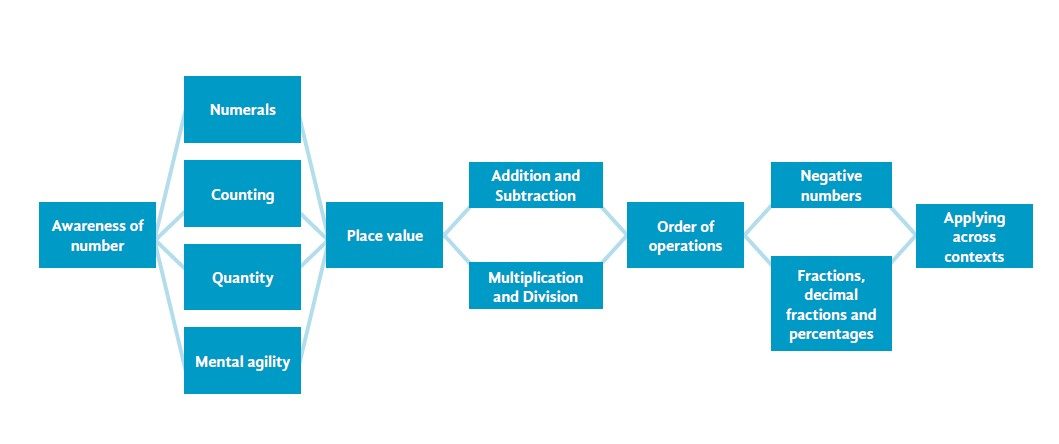At the start of my enquiry, I wanted to investigate the introduction of new teaching methods of the four operations, their impact on fluency and understanding for the lowest attaining s1 class.
Many of these new techniques were inspired by a series of visual teaching strategies from Professor Arthur T Benjamin and Dr James Tanton.
I introduced each of the new strategies at first using a physical resource ( Dienes blocks), atomising each of the components, before bringing the information together in the formal method.
The student’s reaction to these methods at first was a greater engagement than in previous years (subjective judgement), a novelty effect but an important one when trying to reteach something the students have failed to learn on many previous occasions.
For each of the four operations, I gave students an opening and closing test ( with delay), re-teaching any areas highlighted as insecure. This resulted in improved performance in each of these tests for students. I will monitor next year for the fade-out effect of this teaching. Performance or learning?
A key goal was to make sure the students in the intervention group made more progress in the departmental model that any other class. The results are positive in this area with students in the intervention group making the most progress, a feat not realised in previous years. This would suggest the new method at least did not have a negative effect.
Throughout the process, I shared with the students the vision of what we wanted to achieve by the end of the year and I’m disappointed that we were unable to conclude our journey. The lack of the final parental and students survey is a big miss in the data due to the Covid-19 outbreak, this is an area I will rectify when schools return.
I have shared some of the new teaching strategies with colleagues in the department, the general view was scepticism, this is understandable. The current methods have been commonplace in Scottish Education for 30 years. My colleagues are justified in stating this is evidence for the effectiveness of current methods but I feel this has created a lack of reflection or understanding of alternative methods that may be superior for some young people.


